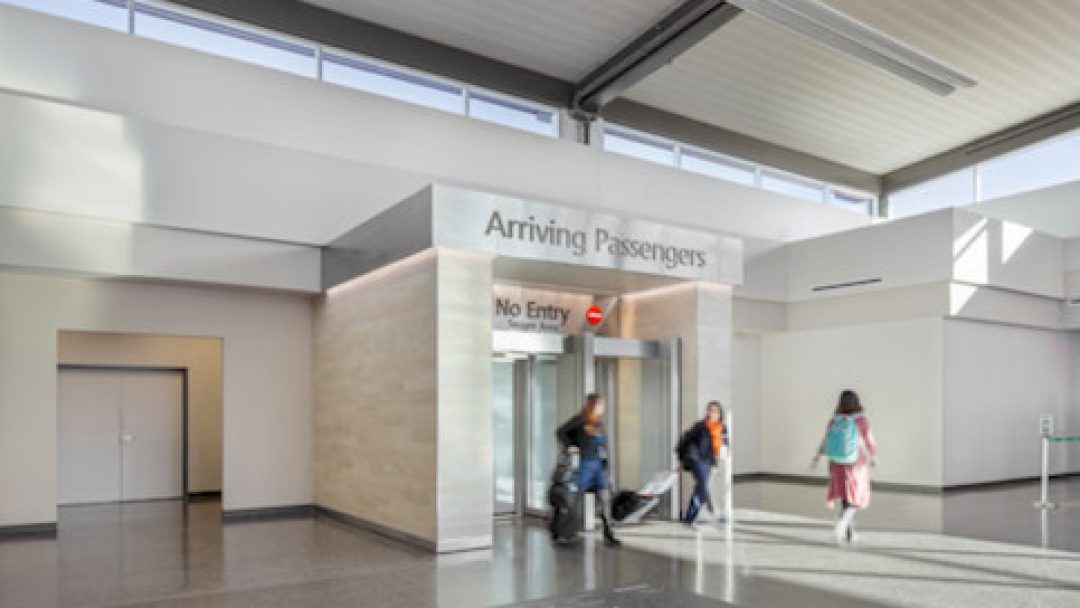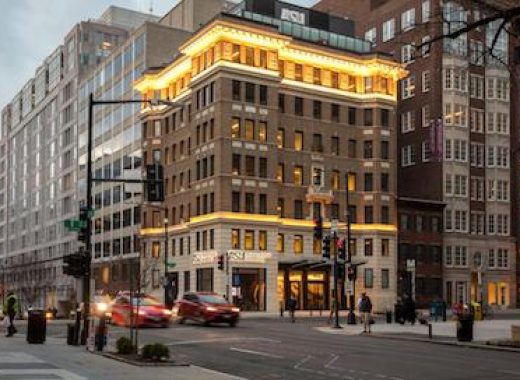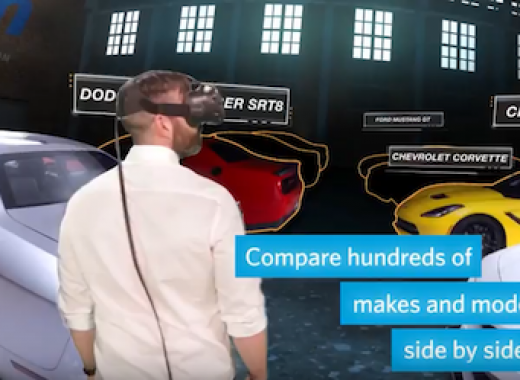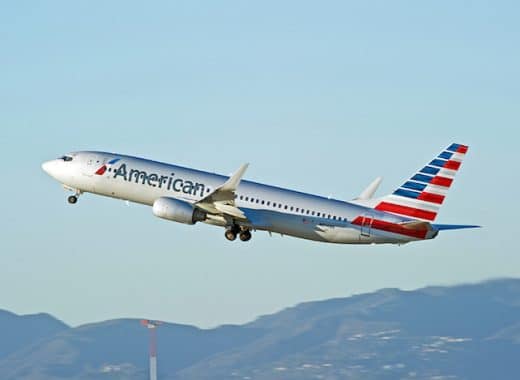Phoenix-Mesa Gateway Airport is quickly becoming a busy airport. It reported its second busiest year ever in 2017. In order to accommodate their consistently busier airport schedule and growing mass of travelers, they are making some new technological updates. The latest one of these advances is what they are calling an automated exit, which will be the debut of such an exit in any commercial airport in the southwest to have such an advancement.
An automated exit is simple in theory. When you de-board the plane and exit the terminal, there is only one way to go, and usually there is one TSA agent sitting there, watching to make sure nothing happens at that point of exit. What the automated exit entails is an artificial intelligent system that can scan for and detect anyone who tries to go the wrong way in that specific lane. If someone tries to enter through the exit, the system will detect it, set off an alarm and announce to the person they are going the wrong way and to turn around. The pre-recorded warning can be customized to say whatever individual airports want them to.
The system also can scan and detect if there is something left behind when people exit – so if a bag, purse, or backpack is left behind, whether on accident or on purpose. The system will then detect it and send an alarm to airport security to investigate. The systems can scan the entire lane from end to end and corner to corner, top to bottom. If something is left on the floor, wall or ceiling that is no smaller the 2 inches by 2 inches by 2 inches. This should catch anything that the old TSA agent sitting there could, but free up manpower to be diverted throughout the airport where more people are necessary.
As the TSA works towards fulfilling its declaration to slowly get out of manned exit lanes, there is an expectation that the relatively unused automated exit lane technology will spike in usage. TSA and security experts have stated one of the pluses to this automated system is eliminating the human error probability. The system never turns off or rests, so its up and alert, scanning and detecting all day, every day. There are reports that show it has a cost savings to the airport almost immediately, and quickly provides a return on investment.
However, Phoenix-Mesa is not only employing this new technology – they have also expanded the security checkpoint for the TSA. They increased the space for the passengers lining up, and went from four active lanes to five, with room to add a sixth if the increasing numbers passing through their airport continue to grow. The airport worked DPR Construction, dormakaba and DWL Architects to not only design but to construct the exit land and expanded security area. Both of these technologies are completed and up and running, so as to be beneficial to the airport and the travelers going into Arizona’s busy springtime travel time.








